Elections, as well as the quality of ensuring the electoral process to government bodies around the world, is considered a test of the country for the level of democracy of society and government. The election process does not happen the same way. The most popular are the majority and proportional electoral systems.
History of the election process
The need for the election of elders in a tribe or city arose already in antiquity. It is clear that the majority and proportional system at that time were not yet invented by people. The selection process used to take place at general meetings of people. Some candidacy was put forward for general discussion; they voted for her by show of hands. A special accountant counted the votes. When the votes for each candidate were separately counted, the results of the candidates were compared, and the winner was announced.
In some tribes, such as the Indians, voting was different. Small stones were handed out to the tribe. If a person votes for a particular person, then he puts a pebble in a specific place. Then also comes the "counting of votes."
The main electoral systems of our time
In the process of developing legal thought and the experience of conducting the first elections, three main electoral types arose: majoritarian, proportional, and also proportional-majority electoral system. Each of them has its own advantages and disadvantages, so it is unambiguous to say which is better and which is worse, probably no one can.
Performance criteria for electoral systems
The system by which deputies are elected to councils of different levels is not a "holy dogma", but only one way to choose the most worthy people to protect the interests of society in a certain territory. In the process of conducting the first electoral processes, criteria were developed by which the electoral systems differ from each other. So:
- different systems provide for the possibility of a different number of winners;
- constituencies are formed differently;
- the process of forming a list of candidates for deputies is different.
The majority and proportional electoral systems are arranged on such a principle that they can be used in parallel. In many countries, that is how elections are held.
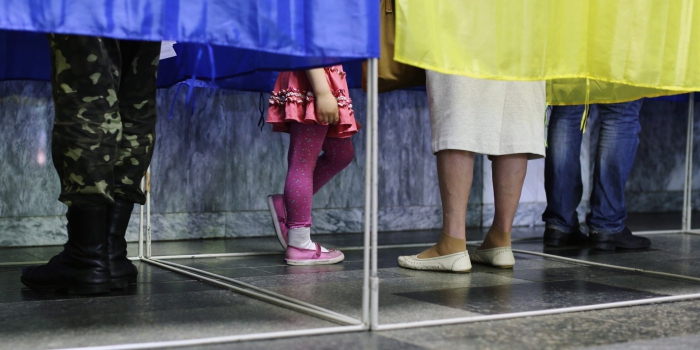
General characteristics of the majority electoral system
The majority election system implies the ability to vote for candidates - individuals. This type of electoral system can be used in parliamentary, local and presidential elections. Depending on how many votes a winner should collect, there are such types of systems:
- qualified majority system;
- majority system of the relative majority;
- absolute majority system.
The features of each of the types of majority system will be considered in the article.
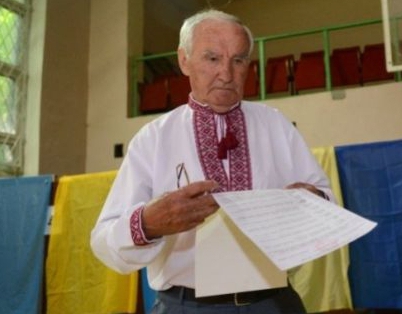
What is the relative majority?
So, parliamentary elections are held on the majority system. The law on the election of deputies determines that the candidate who wins the largest percentage of the votes than other candidates wins. Similarly, elections are held city mayors in Ukraine. The number of candidates who can take part in the elections is not limited. Let's say that 21 candidates are participating in the mayoral election in Kiev. A victory in such a system can even be won by a candidate with 10% of the vote. Most importantly, other candidates must have fewer votes than the winner.
The majority election system (subspecies - the relative system) has both advantages and disadvantages. Among the advantages are the following:
- lack of need to conduct the second round of elections;
- budget savings;
- the winner is not required to collect a large number of votes.
The majority relative system has disadvantages:
- in some cases, the election results do not reflect the will of the majority of the people, because the winner can have many more opponents than supporters;
- election results are easy to challenge in court.
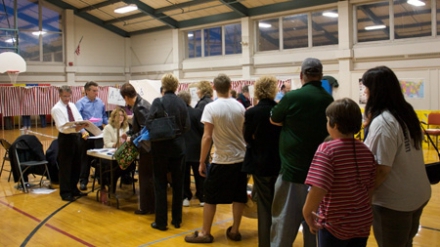
Note that in the countries of Britain, with any number of voters who vote, the elections are recognized as held. In most other European countries, elections can be invalidated if the number of voters participating in the vote is less than a certain threshold (for example, 25%, 30%).
Absolute majority system
Such a system is used today in most countries in the election of the President. Its essence is very simple, because the winner for the official victory in the election race must gain 50% plus one vote. The absolute majority system implies the possibility of holding a second round of voting, because in the first round the candidate who won the first place rarely gains the required number of votes. An exception to the rule was the recent presidential election in Russia and Ukraine. Recall that Vladimir Putin scored in the first round of elections more than 80% of the votes of Russians. In the presidential election in Ukraine on May 25, 2014, Petro Poroshenko won 54% of the vote. The absolute majority system is very popular in the world today.
When in the first round it is not possible to identify the winner, a second vote is appointed. The second round is usually held 2-3 weeks after the first. Candidates who take first and second place according to the results of the first vote take part in the voting. The second round usually ends with one of the candidates gaining more than 50% of the vote.
The advantages of an absolute majority system:
- the result of the vote reflects the will of the majority of voters;
- people come to power who enjoy great authority in society.
The only drawback of such a system is that the holding of the second round doubles the cost of elections and, accordingly, the expenses of the state budget of the country.
The system of the qualified majority: how does it differ from an absolute system?
In some countries, a qualified majority system is used. What is its essence? The election law establishes a certain percentage of votes upon receipt of which the candidate is considered elected. Such a system has been used in Italy, Costa Rica, and Azerbaijan in recent years. A feature of the system is that in different countries the qualified barrier is different. In order to become the head of state of Costa Rica, you need to collect 40% of the vote in the first round. In Italy, senator candidates were to collect 65% of the vote by 1993. Azerbaijani laws set a barrier at a rate of 2/3 of the number of voters who voted.

This is a very difficult system to perceive. Lawyers note that the advantage of such a system is the absolute confidence of voters in the winner. There are a lot of shortcomings. For example, voting may not be limited even to the second round, so the budget should spend a lot of finances. In the context of financial crises, huge election costs, even in the context of European democracies, are unacceptable.
Permanent Voice System
If you are very detailed in legal science, then we will find two types of majority system, which are used extremely rarely. This is a system of enduring voice and a system of comulative vote. Let's deal with the features of these systems.
When using a system of permanent voice, multi-member constituencies are created, which is typical for a proportional system, which will be discussed later. Candidates for deputies are nominated by parties in the form of open party lists. Voters vote for a particular candidate from the same list. People who are on other party lists cannot be voted on. In fact, we see an element of the connection of the relative majority system with the voting system for party lists.
What is a cumulative vote?
The system of a commemorative vote is the voter's ability to cast a few votes. The following options are presented to the choice of the voter:
- votes are cast for representatives of one party list (you can vote for one candidate for deputy);
- the voter distributes several votes without taking into account the party principle, that is, he votes based on the personal qualities of the candidates.
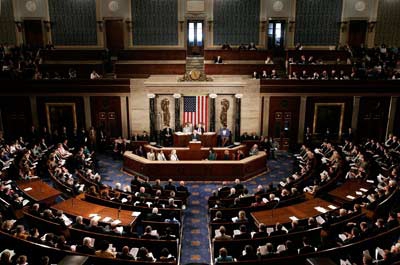
Proportional voting system
The majority and proportional systems differ significantly from each other. If in the majority system the vote is for people, that is, individuals, then with a proportional system, people vote for party lists.
How are lists formed in batches? A party wishing to take part in the election of deputies holds a general congress or congress of a lower-level organization (depending on which council of the level elections are held). At the congress, a list of deputies is formed with assignment of serial numbers to them. For approval, the party organization submits the list to the district or central election commission. After agreeing on the list, the commission shall, by drawing of lots, give the party a ballot number.
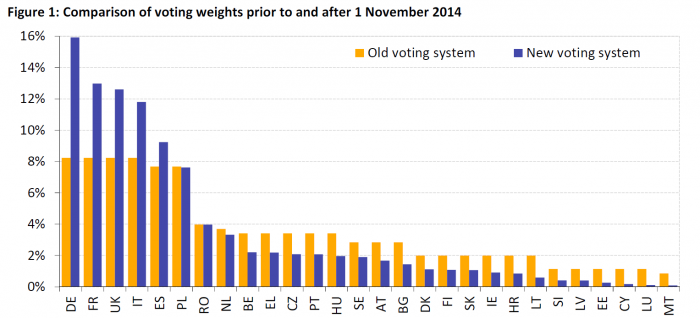
What is the difference between open and closed lists?
There are two types of voting according to the proportional system: open and closed lists. We will analyze each type separately. So, the proportional system with closed lists provides an opportunity for the voter to vote for the list of the party, which he supports on ideological principles. At the same time, in the passage of the list there may be candidates whom the voter does not want to see on the council. The voter cannot influence the reduction or increase of the serial number of candidates in the party list. Often, when voting on closed lists, a person votes in support of party leaders.
Open lists are a more progressive kind of proportional system. Used in most countries of the European Union. Parties also compile lists, approve them, but, unlike the previous version, voters have the opportunity to influence the position of candidates on the list. The fact is that when voting, the voter gets the opportunity not only to vote for the party, but also for a specific person from the list. One of the candidates who will receive great support from citizens will rise as much as possible in the list of his party.
How are parliamentary seats distributed after the election according to the proportional system? Let's say there are 100 seats in parliament. Passing barrier for parties - 3% of the vote. The winner scored 21% of the vote, 2nd place - 16% of the vote, then the parties scored 8%, 6% and 4%. Between representatives of these parties 100 mandates are proportionally divided.
Clearly, party list elections are a more democratic method of voting. People have a direct opportunity to influence the outcome of elections. An important difference between the proportional system and the majority system is that people vote for ideology, a system of views on the development of the state. An important disadvantage of the proportional system is the fact that deputies elected by party lists are not tied to a specific constituency. They do not keep in touch with ordinary people living in the field, they do not know about their problems.
Mixed majority-proportional election system
We talked about two completely opposite electoral systems.But it turns out that they can be used in parallel. The proportional-majority system is used in many states in the post-Soviet space.
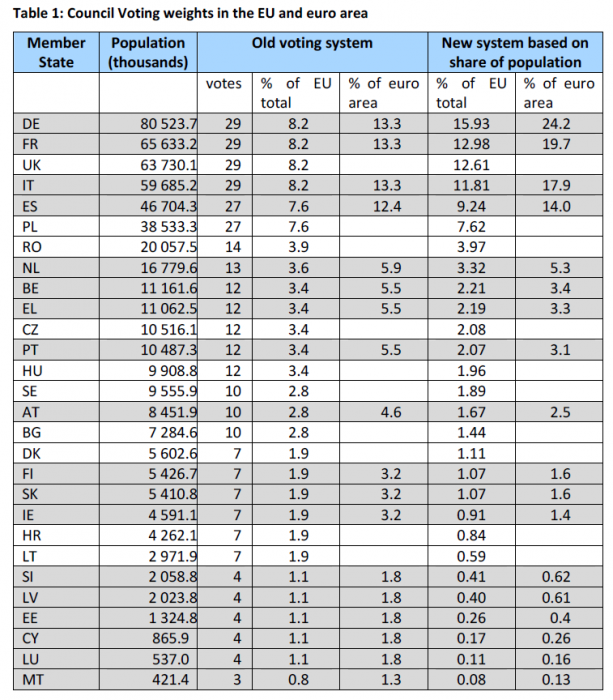
How does the system work? We illustrate the example of elections to the Supreme Council of Ukraine. According to the Constitution of Ukraine, 450 people's deputies are elected to parliament. Half passes through the majority system, and half - according to the proportional.
In countries with a heterogeneous population or a large gap between rich and poor, this is the most optimal electoral system. Firstly, parties are represented in parliament, there is an ideological basis for the further development of the state. Secondly, the majority vote remains in touch with the region that elected them to the Supreme Council. In their activities, deputies will defend the interests of the region, which delegated them to the legislature.
The mixed system is used today in countries such as Ukraine, Russia, Germany, the UK, some countries in Asia, Africa and America.
Conclusion
During elections, world practice knows the use of three main systems: majority and proportional electoral systems, as well as a mixed system. Each of the systems has its pros and cons, and the amount of negative and positive is about the same. There is no perfect election process.